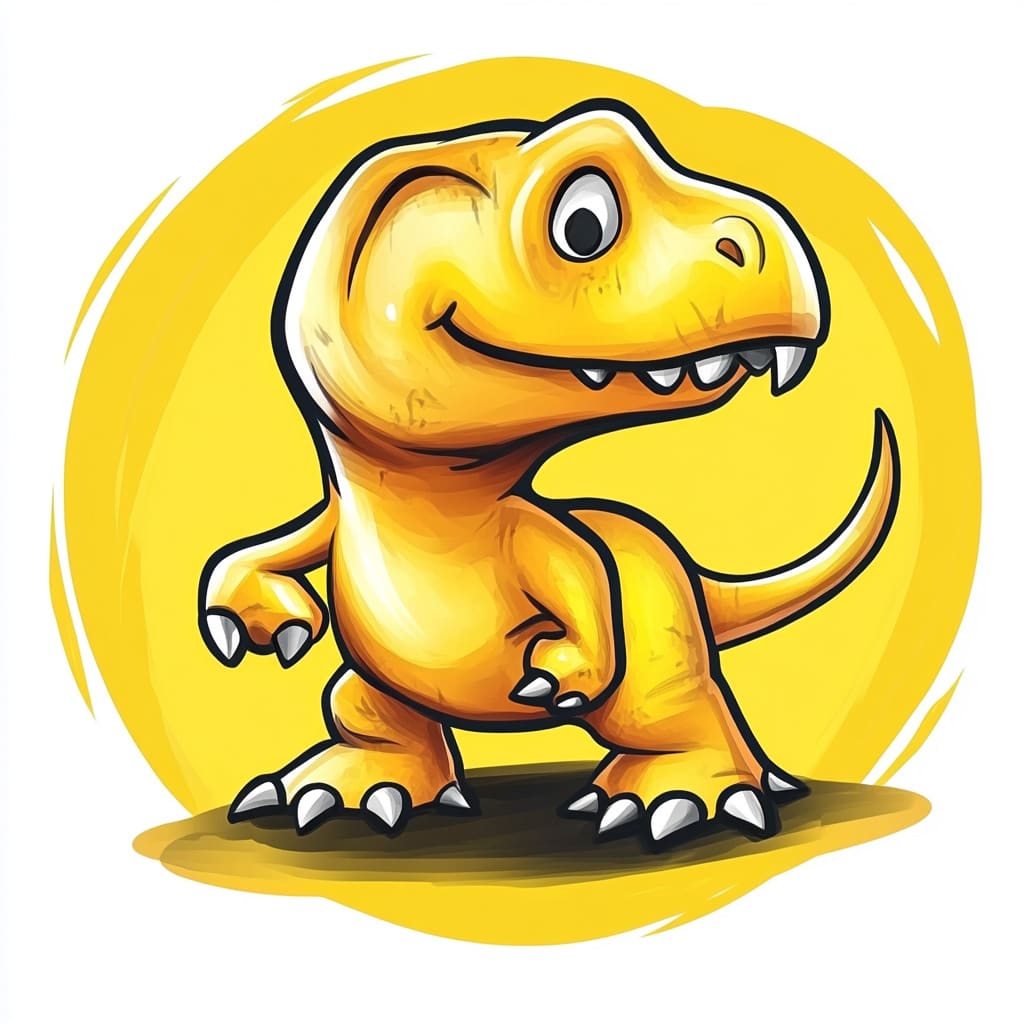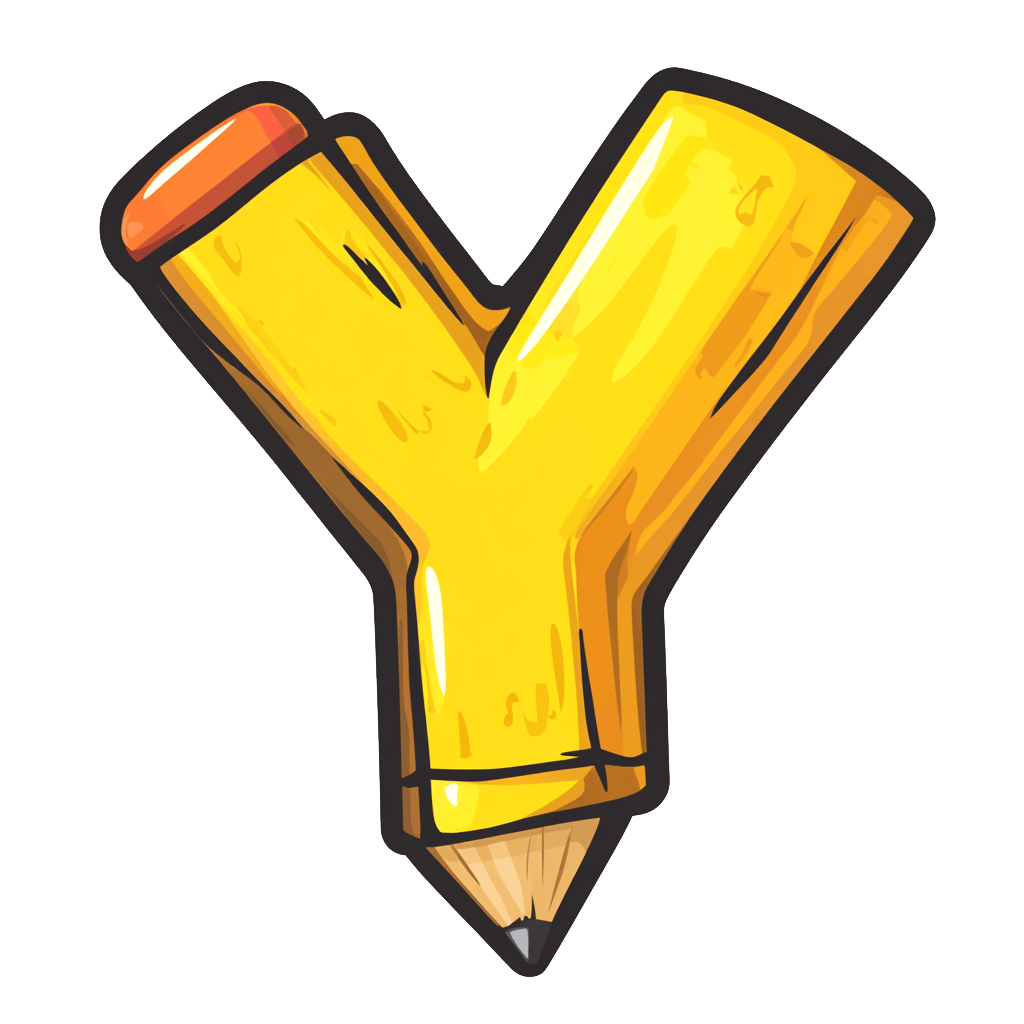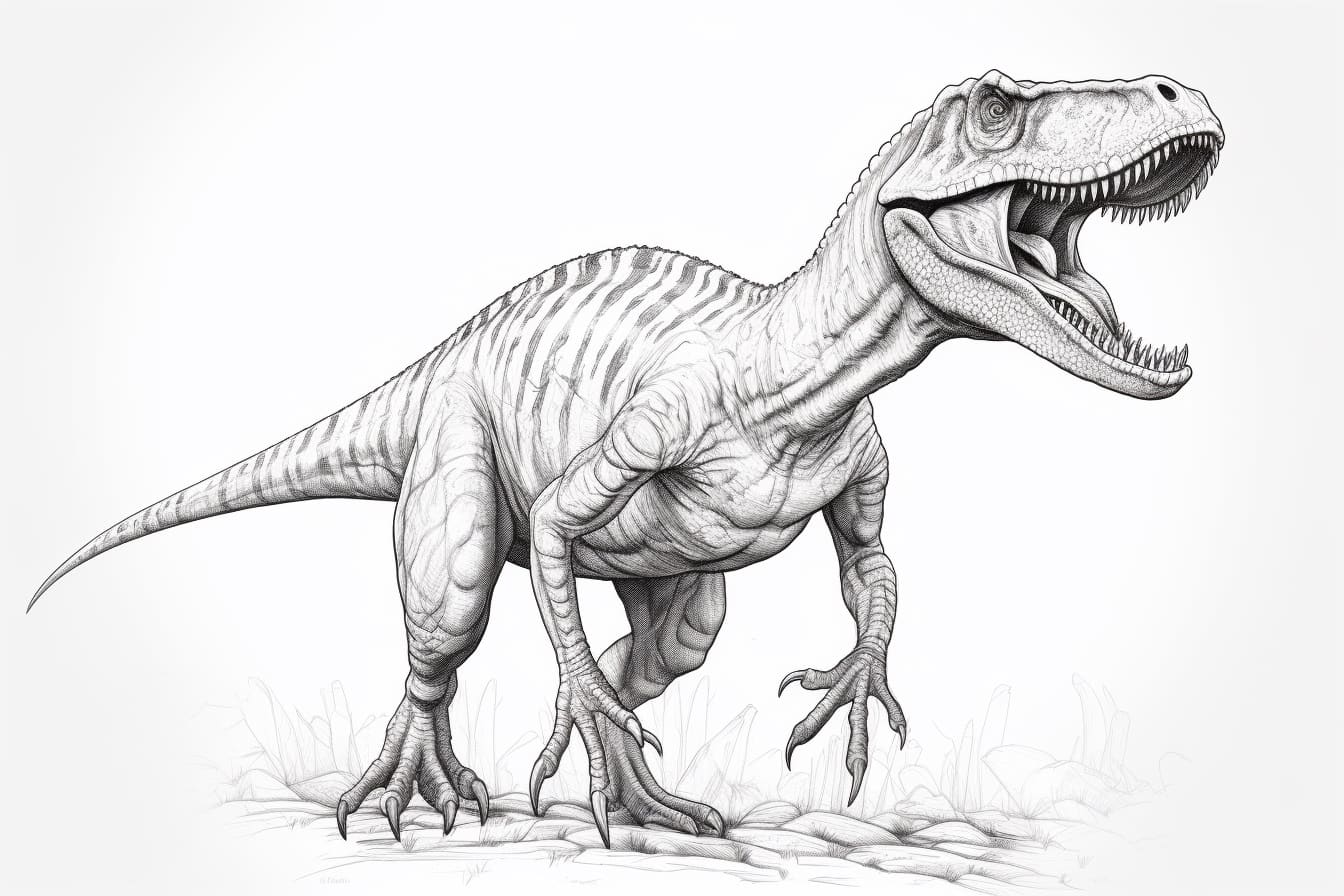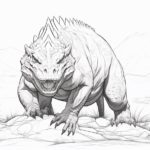
Welcome to the fascinating realm of paleoart! In this lesson, we will embark on an artistic journey to draw one of the most intriguing dinosaurs from the Late Jurassic period: the Ceratosaurus. Known for its distinctive horned face and robust physique, this fearsome predator captures the imagination of artists and dinosaur enthusiasts alike. By exploring the intricate details of Ceratosaurus’s anatomy, we aim to uncover the techniques that will allow you to convey the essence of this majestic creature on paper.
As we navigate through the guiding steps of this drawing lesson, we’ll focus not just on the technical aspects of sketching, but also on the narrative behind Ceratosaurus. Imagine the lush prehistoric landscapes where these extraordinary animals roamed, their powerful frames cutting through dense foliage as they sought prey. With each pencil stroke, we’ll breathe life into this ancient predator, enabling you to experience the thrill of creating your own piece of paleoart.
So, grab your sketching materials and prepare to immerse yourself in the art of drawing Ceratosaurus! Together, we will revisit a time long past, where artistry and history converge, allowing you to express your creativity while connecting with the wonders of the prehistoric world. Let’s begin this exciting adventure to bring Ceratosaurus to life!
Materials Required
To draw a Ceratosaurus, you will need the following materials:
- Pencil: for sketching and outlining the dinosaur.
- Eraser: for correcting mistakes and refining details.
- Paper: preferably a sketch pad or drawing paper.
- Reference image: to help you accurately depict the features of a Ceratosaurus.
- Colored pencils or markers (optional): for adding color and detail to your drawing.
- Ruler (optional): for drawing straight lines and measuring proportions accurately.
With these materials, you can create a detailed and accurate drawing of a Ceratosaurus.
How to Draw a Ceratosaurus: a Step-by-step Guide
Step 1: Gather Your Materials
Gather all the necessary materials for drawing a Ceratosaurus. You will need a pencil, eraser, paper, and reference images of a Ceratosaurus for guidance.
Step 2: Start with Basic Shapes
Begin by sketching the basic shapes of the Ceratosaurus. Start with an oval shape for the body and a smaller oval for the head. Add a smaller oval for the snout and a larger oval for the hip area.
Step 3: Outline the Body
Using the basic shapes as a guide, start outlining the body of the Ceratosaurus. Add details such as the neck, legs, and tail. Focus on capturing the general shape and proportions of the dinosaur.
Step 4: Add Details to the Head
Refine the shape of the head by adding details such as the eyes, nostrils, and the distinctive horn on the Ceratosaurus’ nose. Pay attention to the placement of these features to ensure accuracy.
Step 5: Sketch the Limbs
Sketch the limbs of the Ceratosaurus, paying attention to the position and proportions of the arms and legs. Add claws to the feet and hands for a more realistic look.
Step 6: Refine the Details
Go over your initial sketch and refine the details of the Ceratosaurus. Add scales, texture, and any other features to make your drawing more lifelike. Erase any unnecessary guidelines and clean up the lines.
Step 7: Shade and Add Depth
Once you are satisfied with the overall shape and details of the Ceratosaurus, start shading to add depth to your drawing. Use hatching and cross-hatching techniques to create shadows and highlights, giving your dinosaur a three-dimensional appearance.
Step 8: Final Touches
Take a step back and assess your drawing of the Ceratosaurus. Make any final adjustments to ensure accuracy and realism. Add any additional details or textures to enhance your artwork.
Step 9: Sign and Date Your Drawing
Once you are happy with your Ceratosaurus drawing, sign and date your artwork. This will not only give your drawing a finished look but also mark it as your own creation.
Step 10: Practice and Experiment
Keep practicing drawing dinosaurs, experimenting with different poses and styles to improve your skills. Study the anatomy of dinosaurs to create more realistic and dynamic drawings in the future. Have fun and enjoy the process of creating art!
Wild Inspiration: Imagine your Ceratosaurus soaring through a vibrant sky, not as a terrestrial predator, but as a magnificent creature of the clouds, adorned with iridescent feathers that shimmer like a rainbow. Picture this Jurassic giant perched on the edge of an ancient cliff, its horned head turned majestically towards a breathtaking sunset, casting shadows over a land rich with prehistoric flora. Enhance your drawing by incorporating elements of fantasy—perhaps the Ceratosaurus is surrounded by floating islands, each hosting a different prehistoric ecosystem, or it’s playfully interacting with other dinosaurs that are also transformed into ethereal beings. Use vivid colors to capture the surreal atmosphere, blending reality with imagination to create a stunning, dreamlike scene that challenges the traditional portrayal of this remarkable dinosaur. Let your creativity run wild, and don’t limit your Ceratosaurus to the ground—bring it to life in a way that’s truly spectacular!
Conclusion
In conclusion, drawing a Ceratosaurus can be a rewarding and enjoyable experience for artists of all skill levels. By following these step-by-step instructions and practicing your understanding of form, anatomy, and texture, you can create a realistic and dynamic representation of this fascinating prehistoric creature. Remember to have fun, experiment with different techniques, and embrace the creative process as you bring the Ceratosaurus to life on paper. Happy drawing!
Fun Facts About Ceratosauruses
- Ceratosauruses were a group of theropod dinosaurs that lived during the Late Jurassic and Early Cretaceous periods, around 150 to 70 million years ago.
- They were medium-sized carnivorous dinosaurs, with some species reaching lengths of up to 20 feet (6 meters).
- Ceratosauruses had a distinctive horn-like structure on their snouts, which is where their name comes from (“cerato” meaning horn and “saurus” meaning lizard).
- Some species of Ceratosauruses also had bony crests or ridges on their heads, adding to their unique appearance.
- These dinosaurs were swift and agile predators, likely preying on small to medium-sized animals such as reptiles, mammals, and other dinosaurs.
- Ceratosauruses had powerful jaws filled with sharp teeth, which they used to tear into their prey.
- They were bipedal dinosaurs, meaning they walked on two legs, and likely had long tails to help with balance and agility.
- Some scientists believe that Ceratosauruses may have been social animals, living and hunting in groups.
- Fossil evidence suggests that Ceratosauruses may have engaged in intraspecific combat, possibly using their horns and crests to assert dominance within their own species.
- Ceratosauruses were part of the larger group of theropod dinosaurs, which also includes famous dinosaurs like Tyrannosaurus rex and Velociraptor.
Suggestions for Scenes and Settings for Ceratosaurus Drawings
Certainly! Here are some specific suggestions for scenes and settings for drawings of Ceratosaurus:
- Prehistoric Forest: Place Ceratosaurus in a dense, lush forest filled with ancient trees, ferns, and other prehistoric plants. Add some small dinosaurs like Compsognathus or Archaeopteryx in the background to create a lively and dynamic scene.
- Swampy Marshland: Imagine Ceratosaurus stalking through a murky swamp with mist rising from the water. Include some water-dwelling creatures like prehistoric fish or amphibians to add interest to the composition.
- Volcanic Landscape: Set Ceratosaurus against a backdrop of an active volcano, with lava flowing in the distance and ash clouds darkening the sky. The contrast between the menacing volcano and the fierce dinosaur can create a dramatic and powerful image.
- Desert Dunes: Picture Ceratosaurus traversing a vast desert landscape with towering sand dunes and a scorching sun overhead. Include some desert-adapted plants like cacti and tumbleweeds to enhance the sense of aridness and isolation.
- Rocky Cliffs: Show Ceratosaurus perched on a rugged cliff overlooking a vast ocean, with waves crashing against the rocks below. Include seabirds or marine reptiles like Plesiosaurs in the water to add movement and life to the scene.
- Ice Age Tundra: Place Ceratosaurus in a frozen tundra environment with snow-covered plains and icy winds blowing through the air. Add some Ice Age mammals like woolly mammoths or saber-toothed cats to create a visually striking juxtaposition between the dinosaur and other ancient creatures.
- Tropical Island: Imagine Ceratosaurus on a lush tropical island surrounded by crystal-clear waters and palm trees swaying in the breeze. Include colorful birds, butterflies, and exotic flowers to create a vibrant and enchanting setting for the dinosaur.
I hope these suggestions inspire you to create some captivating drawings of Ceratosaurus in various scenes and settings! Let your imagination run wild and have fun bringing these prehistoric creatures to life on paper.









